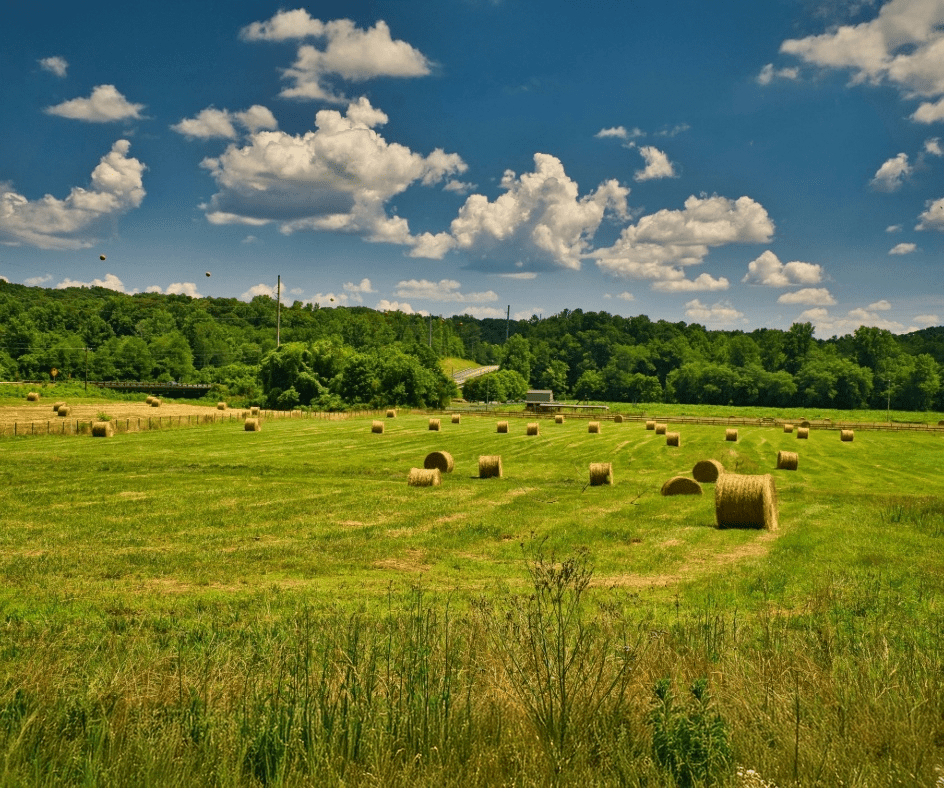Banks and Mortgage providers often require vacant land insurance
Due to the extremely low inventory of existing homes, many people are looking at buying a lot of raw land to build a new home. Are you actively looking to buy a parcel of vacant land? Many others are investing in recreational properties, farms, or even timber. As you probably already know, the real estate market is currently very active.
Regardless of your land plans, vacant land liability coverage is often required by lenders and overlooked by buyers. If you are paying cash for your land, you should seriously consider getting liability coverage. Buying Vacant land insurance costs should be very reasonable, provided you do your homework and buy from a specialized provider.
The highest quality companies offer simple online quotes and purchasing, complete details on all coverages, excellent customer service if needed, provide insurance certificates within 24 hours, and have high customer review ratings. In today’s litigious society ensuring your family and your investment are both fully protected is the smartest path to take.
Five additional tips related to the purchase of vacant land
1) Make sure all inspections have been completed, and you have the reports. Verify you have all required surveys, septic system designs, and similar issues verified before closing.
2) Plan to walk the land right before the closing. You want to be certain that nothing has changed in any material way from the last time you saw it. People occasionally cut down trees, remove sand or gravel, or dump trash without letting the buyer know.
3) Your bank will require that you obtain title insurance. Whether you’re using bank financing or not, it’s always prudent to have this insurance in place. A title search could fail to turn up easements, liens, or other encumbrances that could make your land unmarketable in the future or significantly reduce its market value.
4) Compared to a house, land tends to be a riskier investment that may require you to put down a larger down payment and often have higher interest rates. Land loans are sometimes shorter-term loans. However, there are longer-term loans available from specialized providers such as Rural 1St, who cater to land buyers that you may want to consider.
5) Types of Land Loans
Raw Land Loan-Raw land is property that has no improvements on it, including electricity, sewers, or roads. If you’re buying undeveloped land, then you’d need to apply for a raw land loan. Obtaining financing for unimproved land can be more difficult than other loans and may require a 25%-50% downpayment.
Lot Land Loan- Unlike raw land, building lot land will already have some infrastructure in place, such as electricity, water, and sewer. Lots are usually set up for residential construction in developments. Lenders will be more comfortable offering loans for lots than they will be for raw land, so down payments are generally lower.
Conclusion
In summary, plan your land purchase and be smart about this investment; make certain to have the appropriate coverages in places such as vacant land liability and title insurance. A detailed approach will ensure your future is bright and set up to avoid risk when buying vacant land.



Leave A Comment